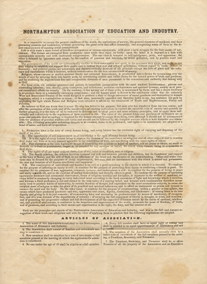The following lesson serves as an introduction to the Age of Progressivism. In this unit, students should connect the various ways individuals and communities respond to new innovations. In response to industrialization, civilizations across the globe reacted in a number of ways ranging from violent protests to political engagement to isolating from the political process. In the early 1840s in…
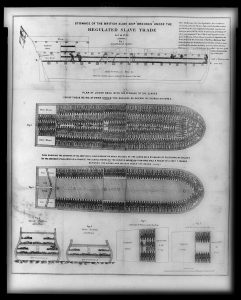
The Library of Congress holds thousands of the most important primary sources on slavery and opposition to it and has devoted extensive and thoughtful labor to bringing them to the public. (See also the CES Primary Source Set: “Civil War and Reconstruction”). This primary source set offers distinct and vitally important sources not included in other primary source sets.
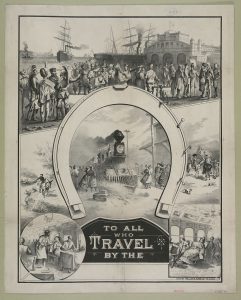
This lesson is designed to expose students to the immigrant experience through primary and secondary sources. Students may focus more on the difference between primary and secondary sources through the lens of immigration. An extensive number of primary and secondary sources round out this lesson focused on skills that will carry students well into their middle and high school years.
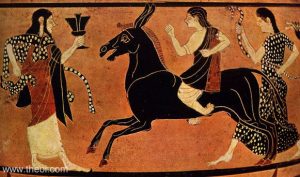
This lesson focuses on the study of deformities and disabilities in ancient Greece in relation to their societal norms. Students will compare the images of two Greek gods, Zeus and Hephaestus. They will read excerpts from three ancient Greek philosophers; Plato, Aristotle and Plutarch regarding people with disabilities as well as the myth explaining the birth of Hephaestus on Mount Olympus.…
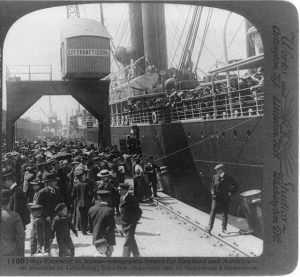
The following unit plan highlights how patterns of immigration are both similar and different for immigrant groups coming to America. The cornerstone of the unit is a diagram and PowerPoint Presentation detailing the progression of the immigrant experience that serves as a model for a variety of immigrant groups. Included in the set is a Universal Design for Learning chart and an extensive…

